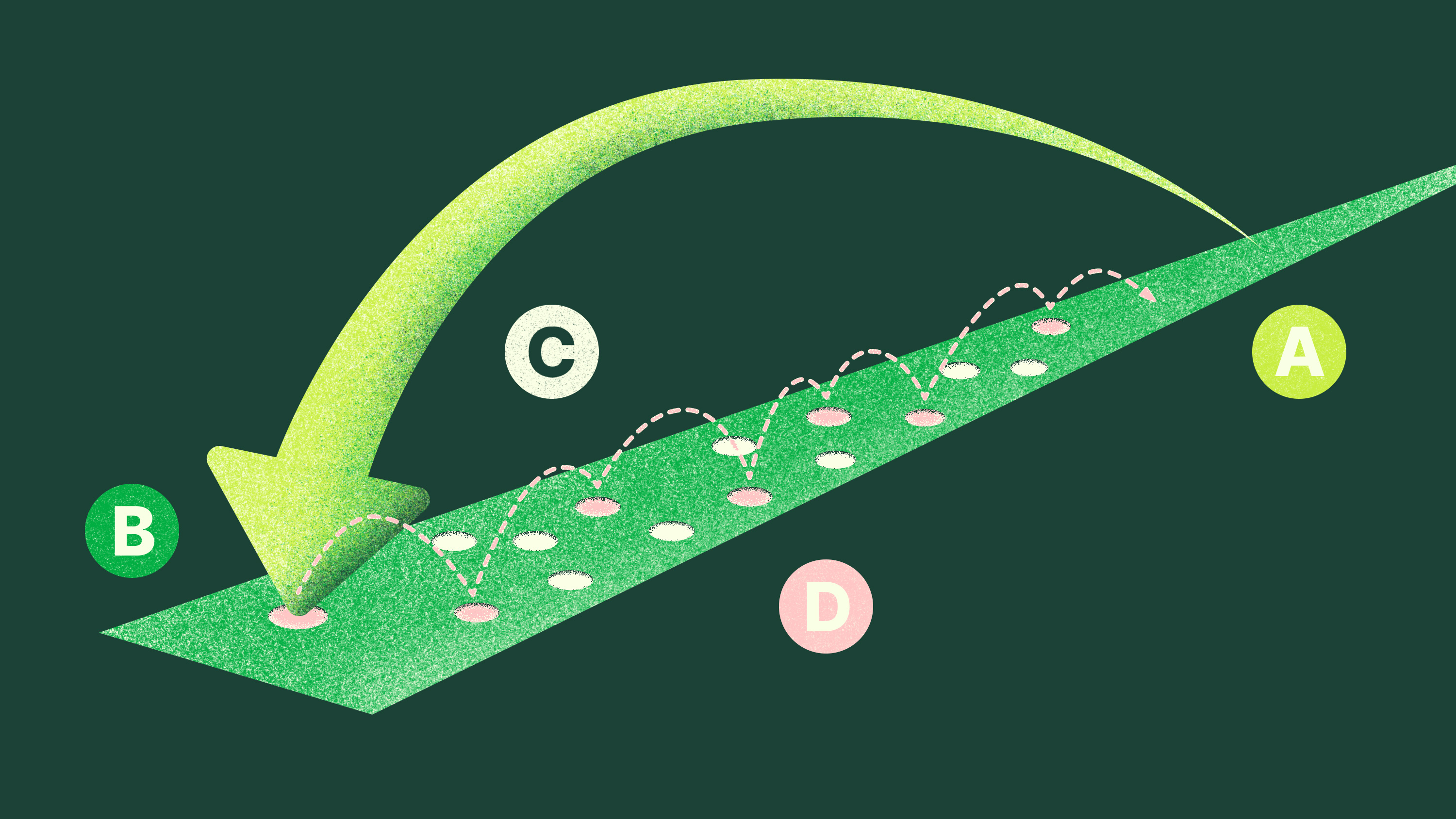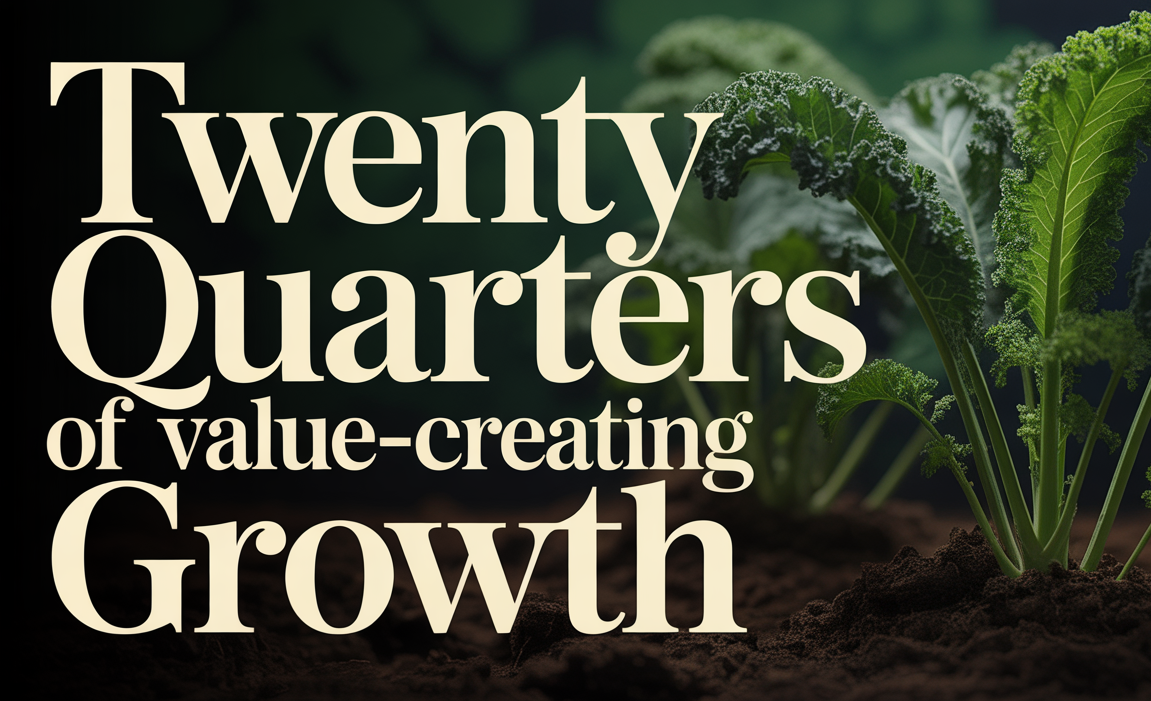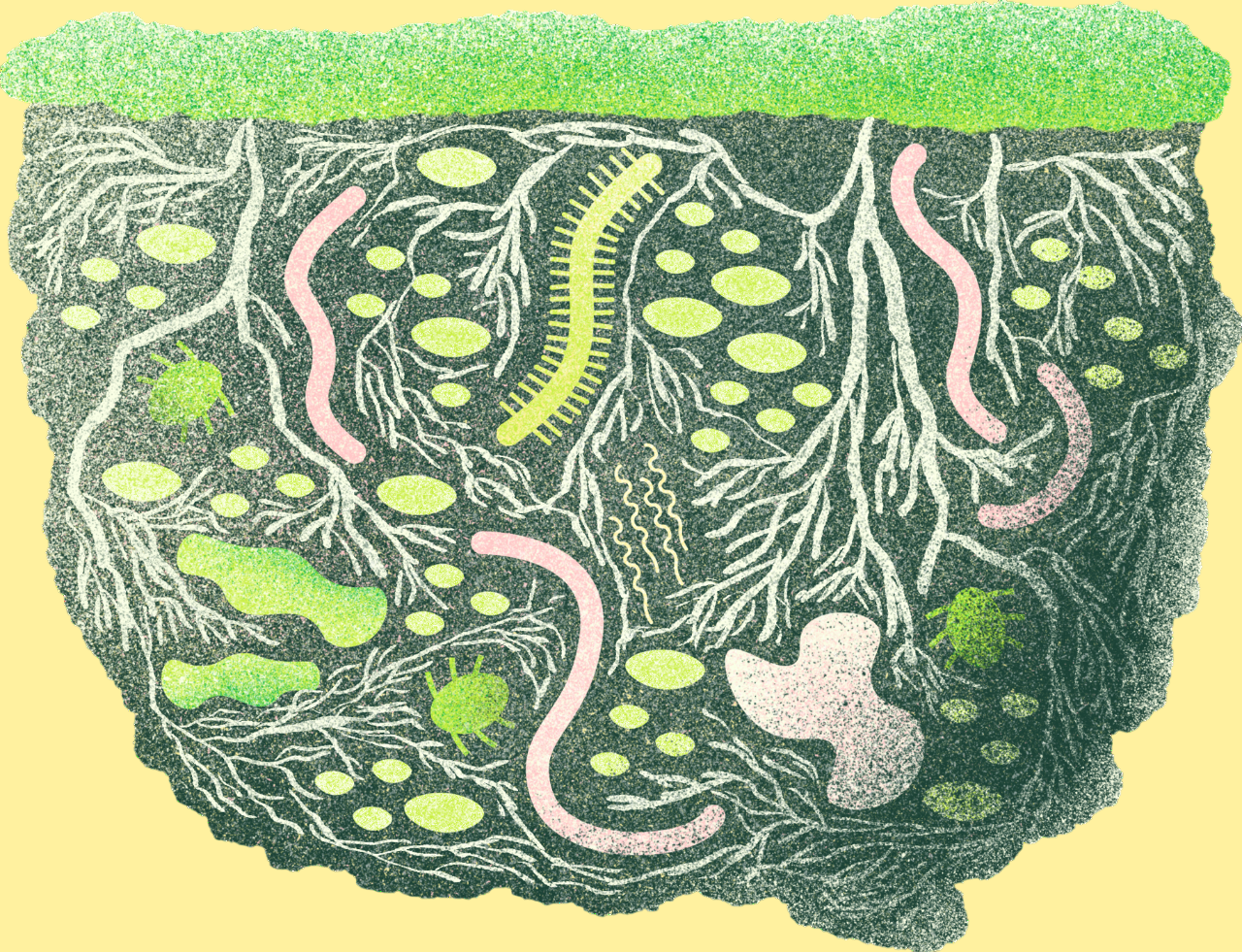
Karl-Henrik Robèrt on the Framework for Strategic Sustainable Development
Karl-Henrik Robèrt on the Framework for Strategic Sustainable Development
Rising temperatures, declining biodiversity, geopolitical threats, and a growing nutrition crisis are only some of the challenges we are facing on a planetary and social scale. A core piece of Re:food’s mission is to invest in innovations that can reverse the unsustainable trajectory we are on, and put us on the path to a more sustainable and regenerative future. This mission builds on some key principles, which are expanded on in our story on Re:food’s Theory of Transformation. The foundational principles, though, are:
- The global economy must, and therefore will, become sustainable in a short period; and
- The global food system is both the most significant barrier to and the key to unlocking a sustainable global economy and is a tremendous business opportunity.
These principles point us towards an area of focus (the food system) and an intention(sustainability on a planetary and social level). This is all well and good, but we knew that in addition to principles, focus, and intention, we also needed structure and a plan. After all, even good intentions can lead to unintended negative outcomes down the road if we aren’t careful – just look at the Green Revolution in agriculture.
Luckily, we did not have to create this structure ourselves, because researchers at the Blekinge Institute of Technology in Sweden have been developing the Framework for Strategic Sustainable Development (FSSD) since the early 1990s. We’ve incorporated the FSSD sustainability principles, the funnel metaphor, and the concept of backcasting from a vision of a sustainable future into the structure of our investment research, sourcing, due diligence, and portfolio management work. We leaned heavily on the ABCD Method to understand and prioritize innovation areas with the highest potential to move the food system toward a more sustainable operating paradigm, which we describe in detail in Food is Solvable.
We recently caught up with Karl-Henrik Robèrt, a world-renowned sustainability pioneer, the founder of The Natural Step, and one of the creators of the FSSD, to get his first-hand thoughts on the framework itself as well as how Re:food has applied it to our work as investors. His responses to our questions are below, with some edits for clarity and length.
Question: What is the Framework for Strategic Sustainable Development?
Karl-Henrik Robèrt: The Framework is the operating system (OS) for strategic sustainable development. Just like a computer’s operating system that makes the most of all the other applications, the Framework provides the infrastructure to help sustainability programs succeed. It is developed to be:
- Systemic – connecting organizations and focus areas with the wider biosphere and civilization systems;
- Systematic – approaching robust boundary conditions for full sustainability, regardless of activities and scale; and
- Strategic – creating returns on investment directly and throughout transitions.
Just like a computer’s operating system that makes the most of all the other applications, the Framework provides the infrastructure to help sustainability programs succeed.
Q: Why did you include an application procedure (i.e. the ABCD Method) in the Framework for Strategic Sustainable Development?
KR: The two facets of the Strategic Sustainable Development OS are the boundary conditions and the application procedure. Without the application procedure (i.e. the ABCD method in the Funnel), the robust boundary conditions for sustainability (the “A” in the ABCD procedure) would lose their meaning. Therefore, the application procedure is the Operating System and was in fact developed in parallel with the boundary conditions in a modeling dialogue between the two, to create a tight system for all sustainability programs, regardless of activities and scale.
Q: What are some common challenges of applying sustainability principles to development?
KR: A great analogy is the game of chess. In chess, there are boundary conditions for winning (i.e. the rules of the game and principles of checkmate) and generic guidelines for the procedure to apply them (i.e. basic strategy). However, to become a grandmaster or even moderately successful at the game, you need to practice. Applying this to sustainable development, it is not enough to learn about the operating system, or even remember it, but to actually begin and continue using it. The major challenges to this in our modern society are interlinked: haste, and detail – and the devil is to be found in both. It’s all too easy to rush forward without taking time to think through long-term consequences or to focus on minute details at the expense of finding systemic, systematic, and strategic solutions. The FSSD operating system is designed to address these challenges.
Q: How have you seen organizations apply this method? Which organizations do you think would benefit from using this method (or something similar) for strategic planning?
KR: All organizations, without exception, are in the funnel. Therefore all organizations would benefit from applying the method to understand the basics of how future markets will develop in the funnel, and how this will influence the societal and industrial sectors that the respective companies are active in. I’ve seen organizations do this with great success, where early wins stimulate ongoing iterative learning cycles across sectors, departments, and value chains. Others though, only see early wins, followed by the Operating System prematurely losing momentum. The most common reason for this is leaders at all levels promoting the Framework, but in reality, delegating its use to others (e.g. middle management).
Q: Do you have any advice for organizations applying the Framework?
KR: A good way of applying the operative system, in line with the previous point, is to perform overall ABCD assessments of the sectors that the organization operates within (such as agriculture, forestry, traffic, energy, material-flows, HR, etc.). This will help establish the aspects of future markets that can be scaled up within the boundary conditions (e.g. energy only from eternal flows) and similarly, what aspects are doomed and cannot survive into the future (e.g. nuclear power, fossil fuels, and biofuels). In other words, sector analysis will equip organizations to take effective actions, versus just “handing over” the operating system for each organization to draw their own conclusions.
Another key topic is to really understand how the value of all tools and concepts for sustainable development (such as the UN SDGs, Planetary Boundaries, Science Based Targets, Circular Economy, LCA, etc.) can be improved by cross-reading and cross-applying with one's own ABCD processes.
Q: Do you have feedback or opinions on Re:food's use of the ABCD method to develop our investment approach?
KR: The overall outline is excellent. The next step, I guess, would be all about looking at outcomes and opportunities for improvement of your application of the FSSD operating system. For example, how it has helped solve real-world problems that would have been impossible to address without it? For each sustainability chess game you play, you learn something new.
Further reading
A Framework for Strategic Sustainable Development (2015)
Are you interested in learning more about how FSSD fits into our Theory of Transformation of the global food system? Check out Food is Solvable!



.jpeg)